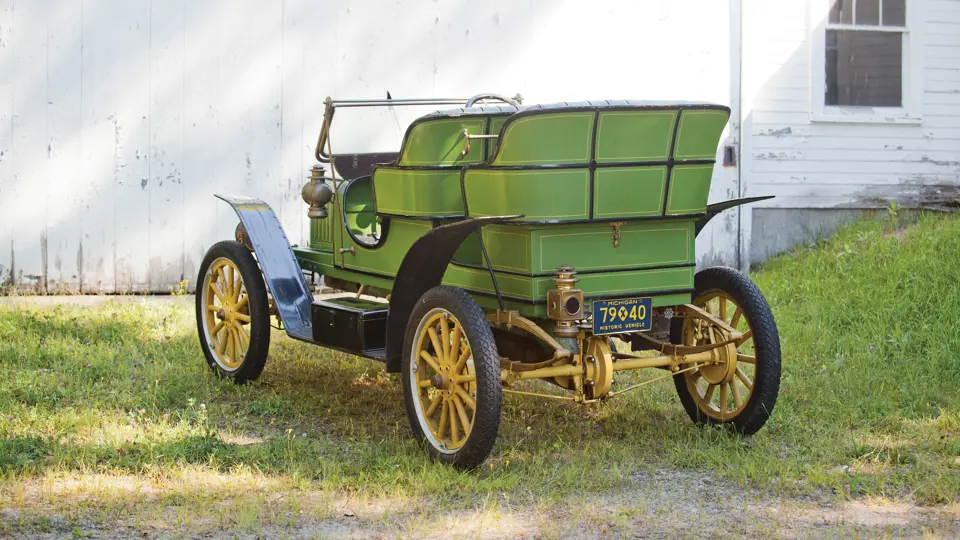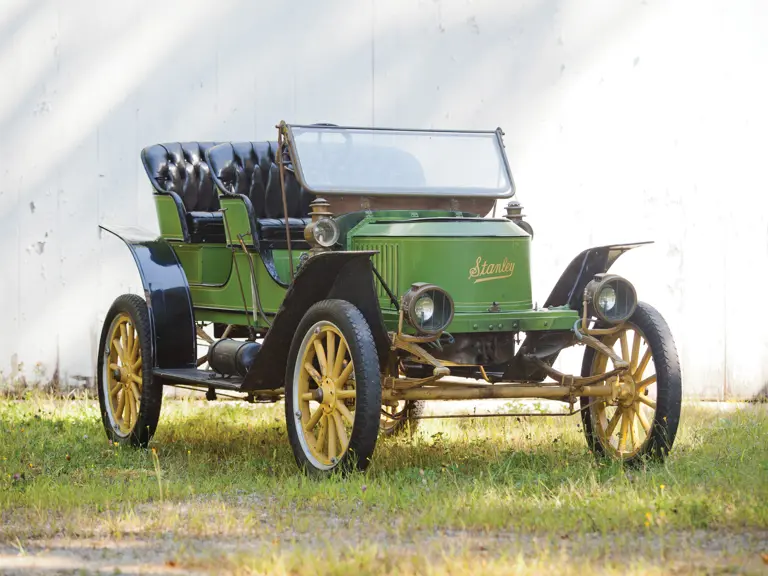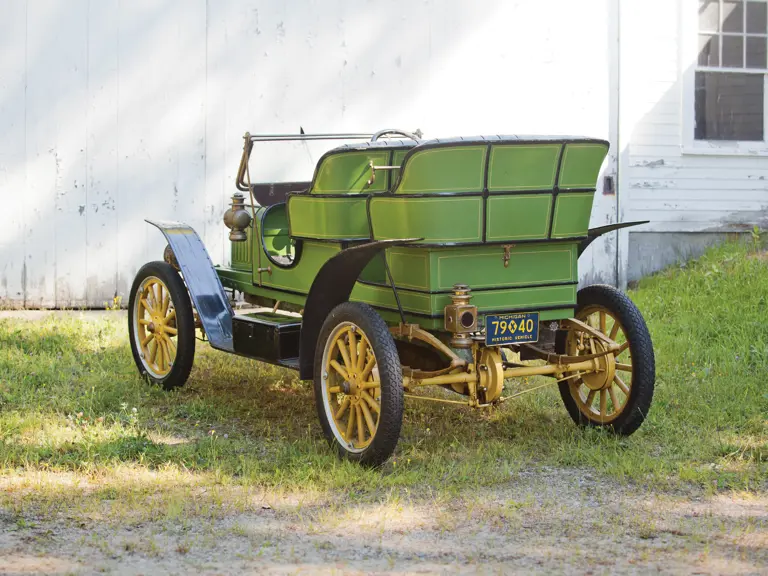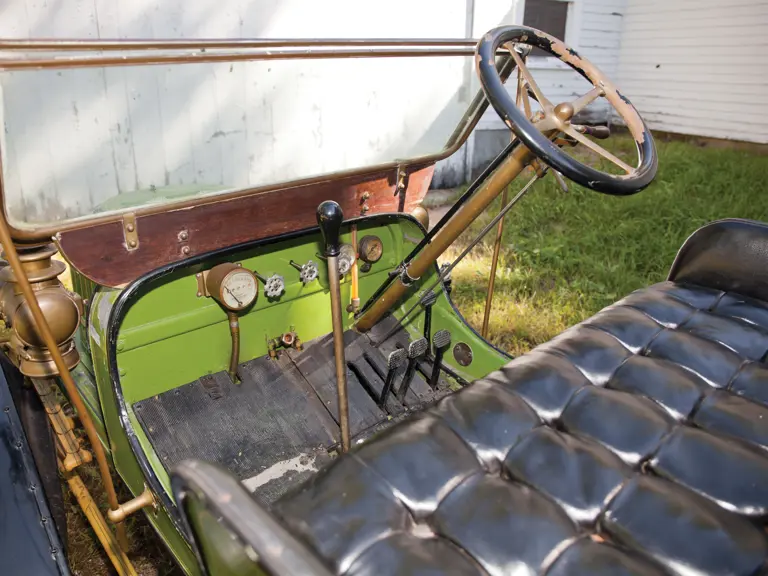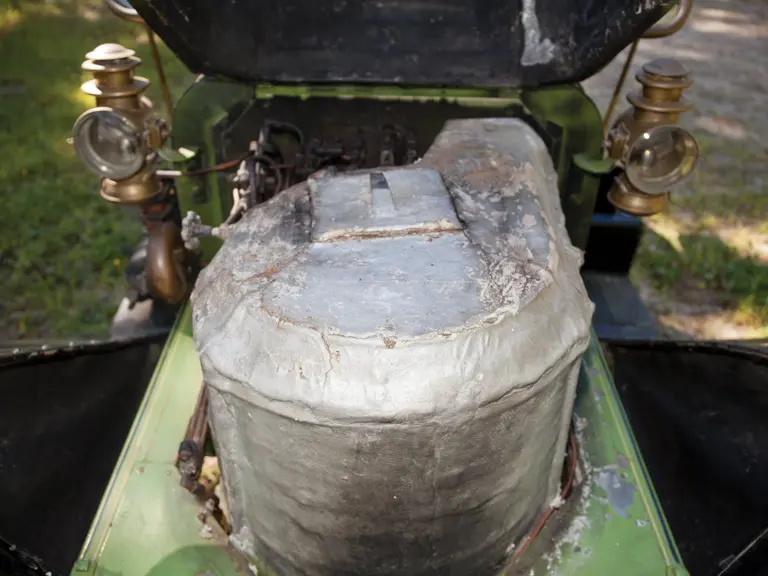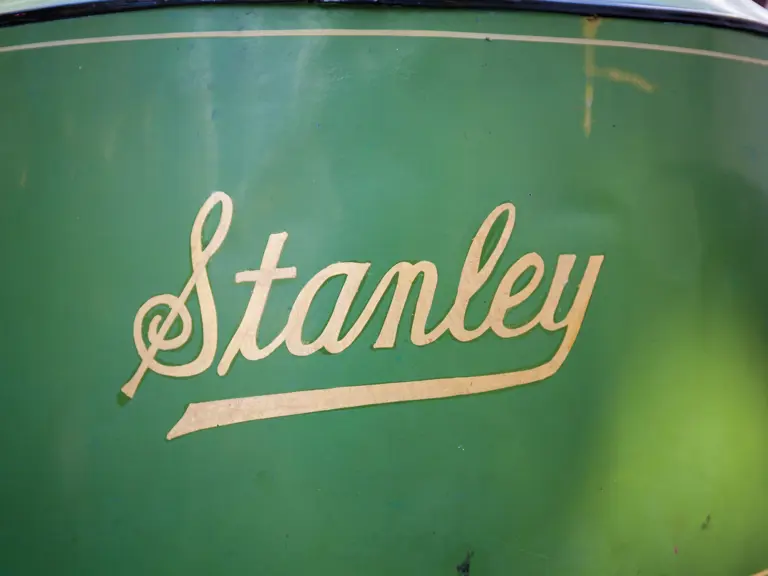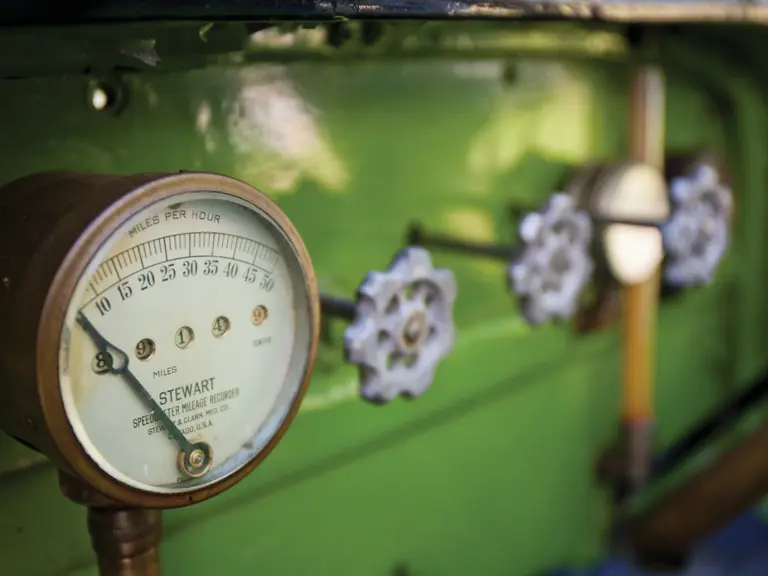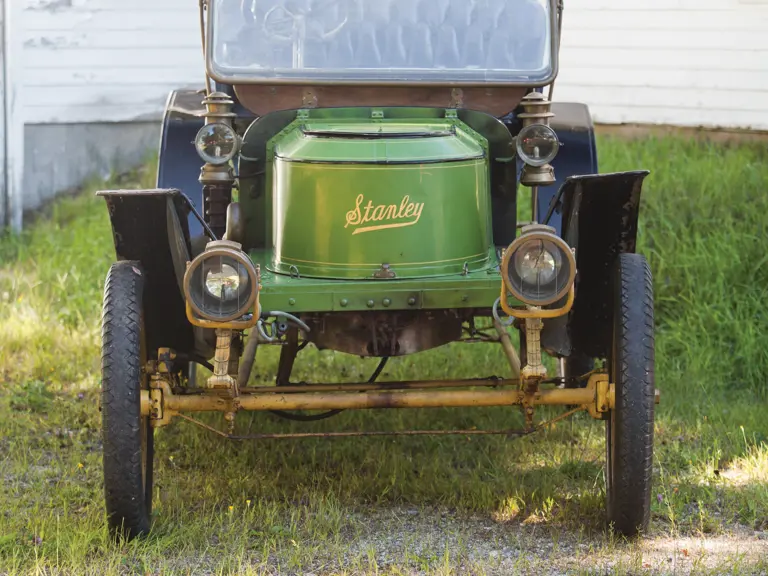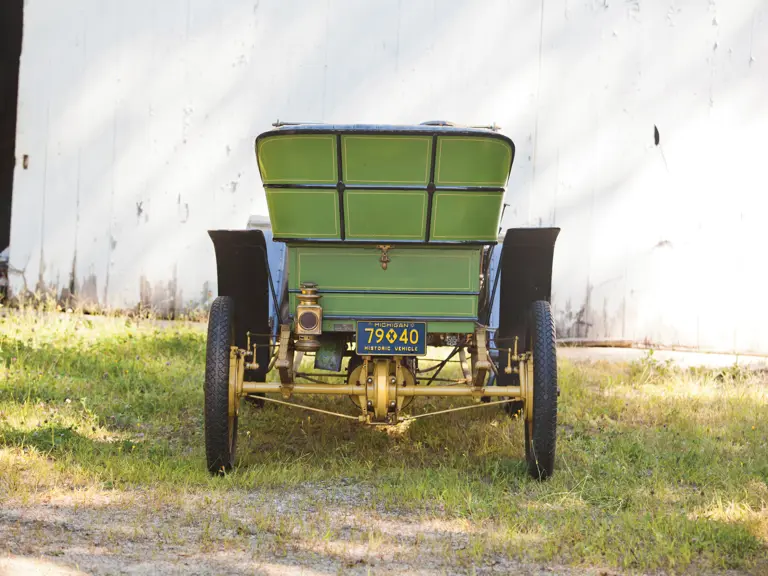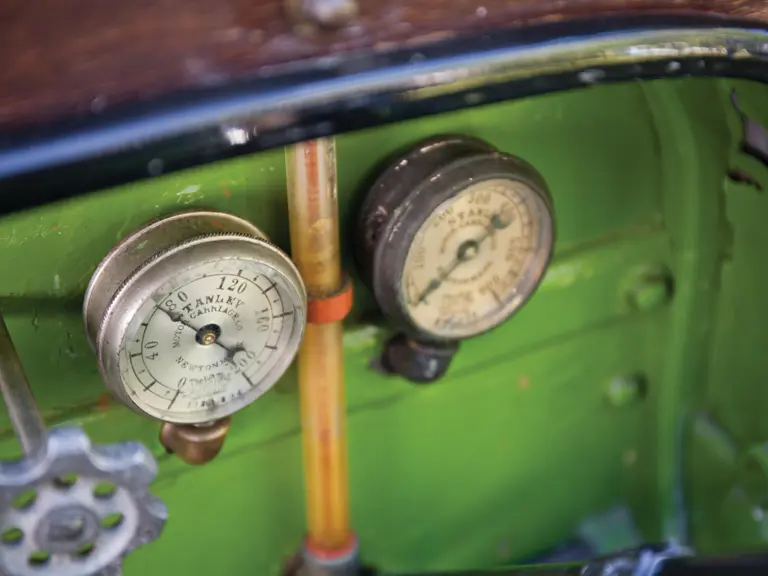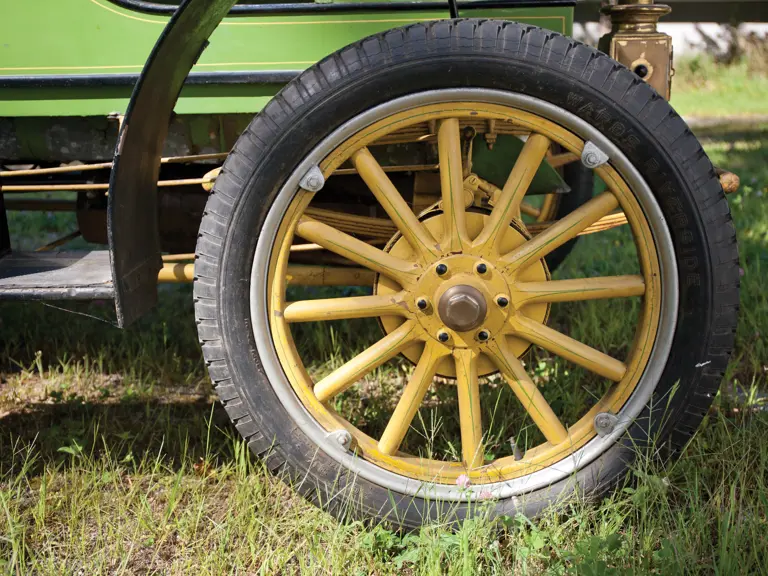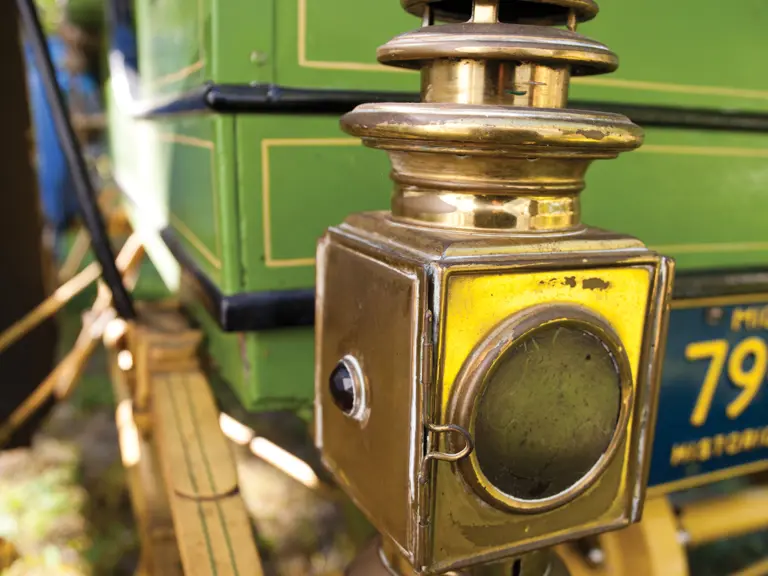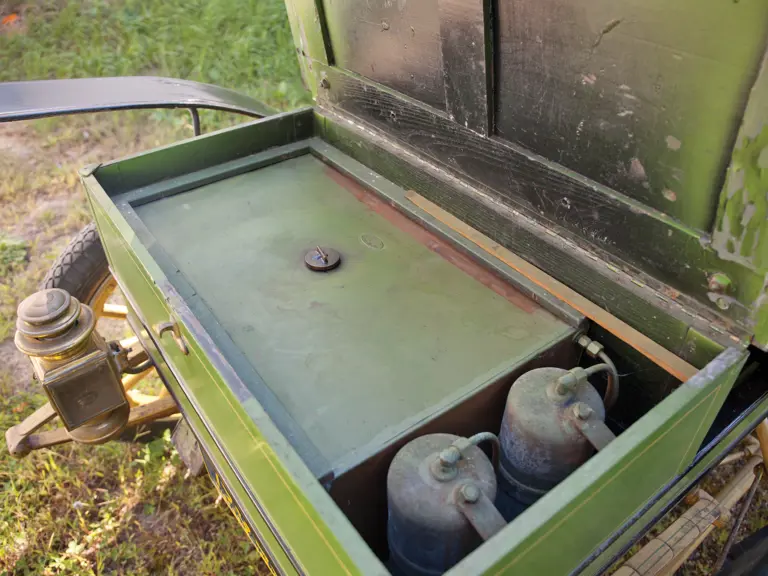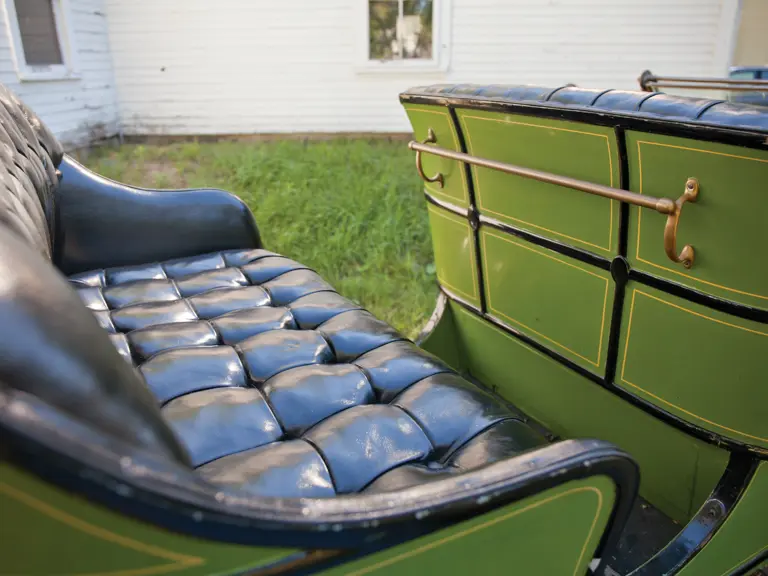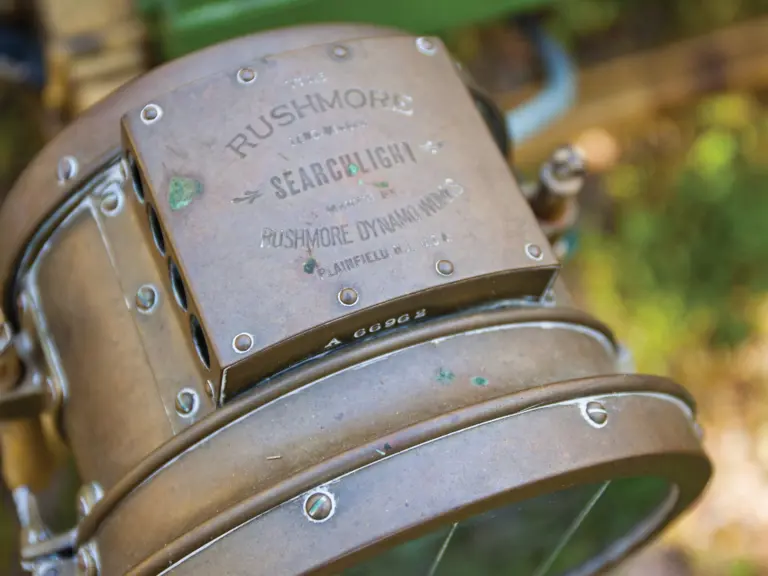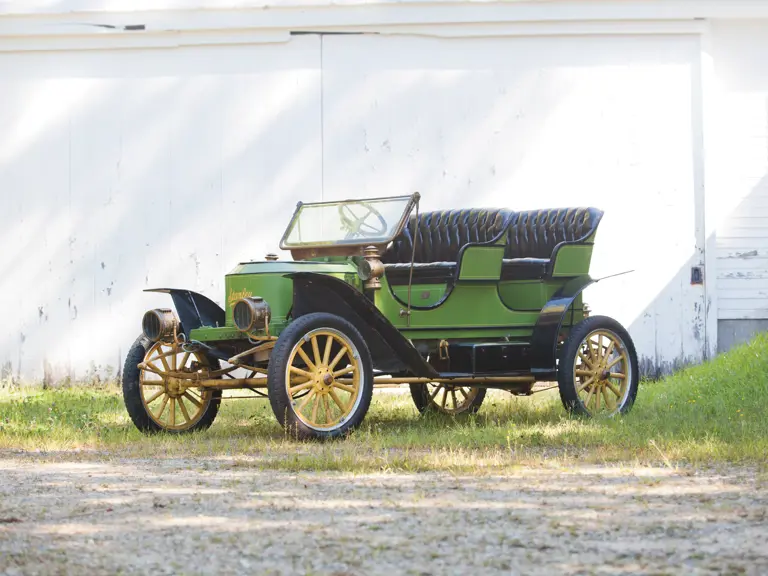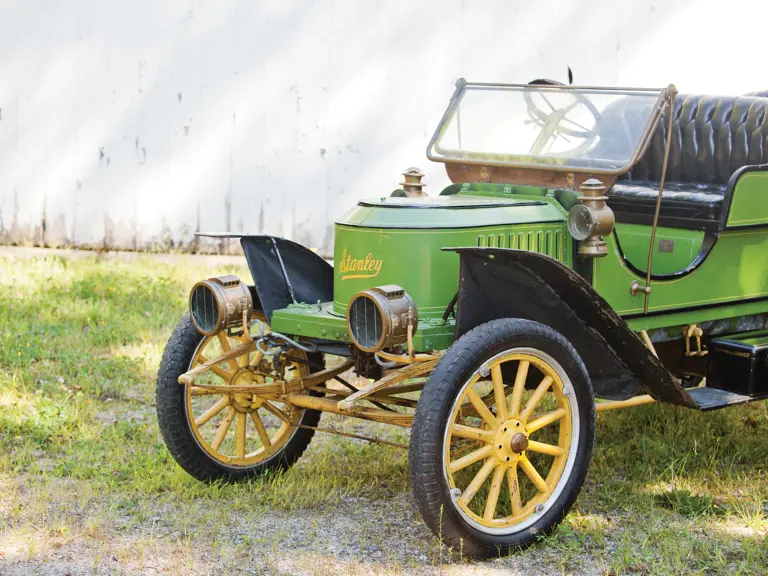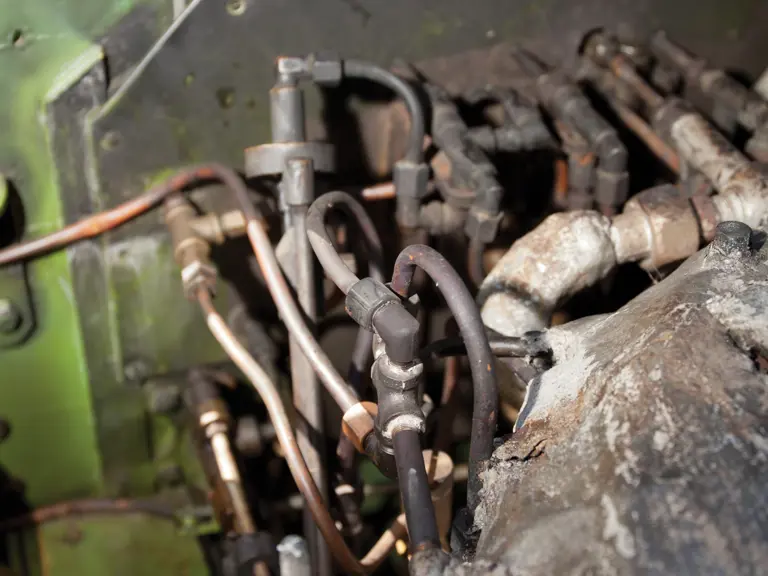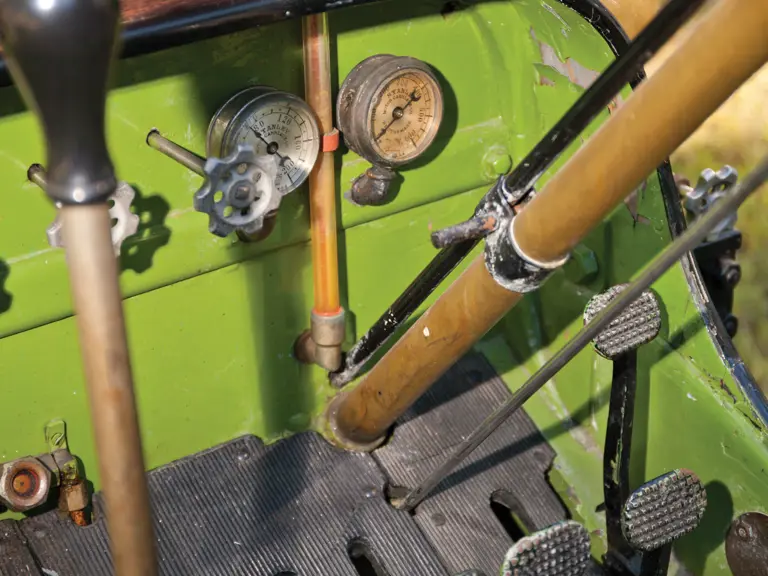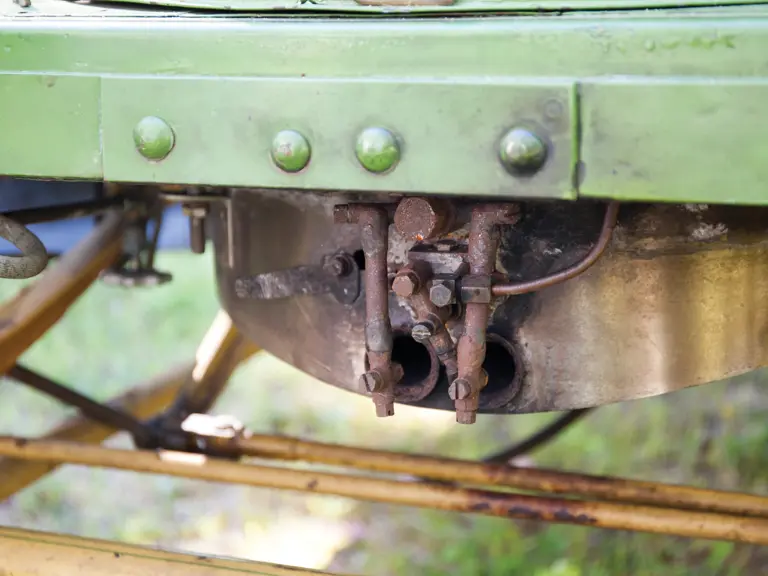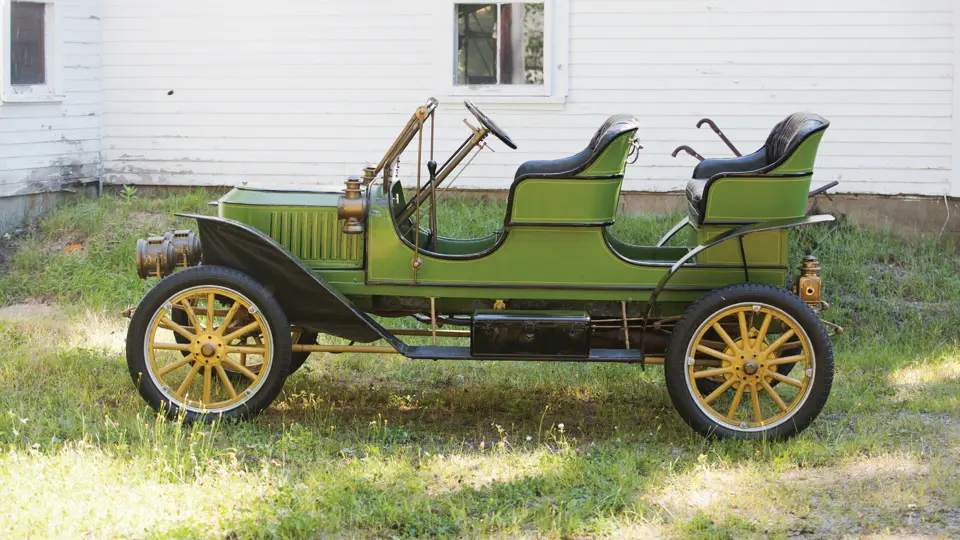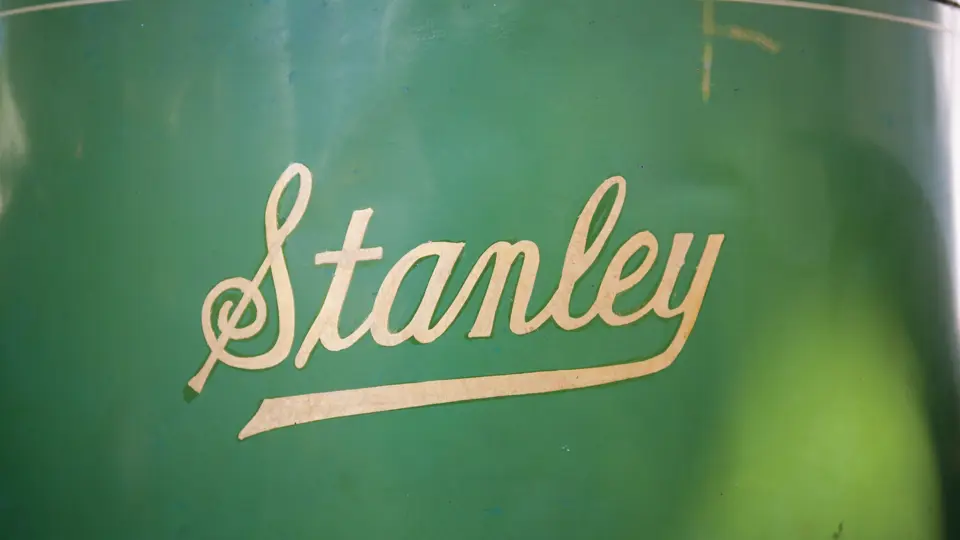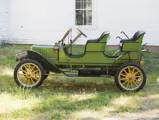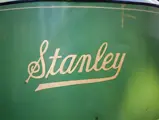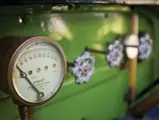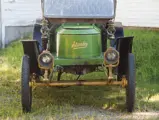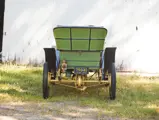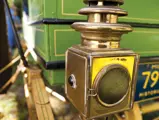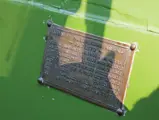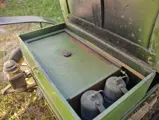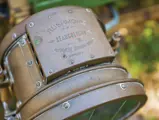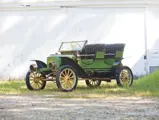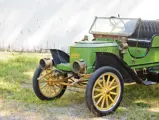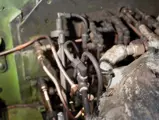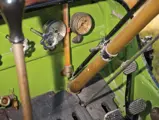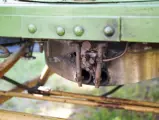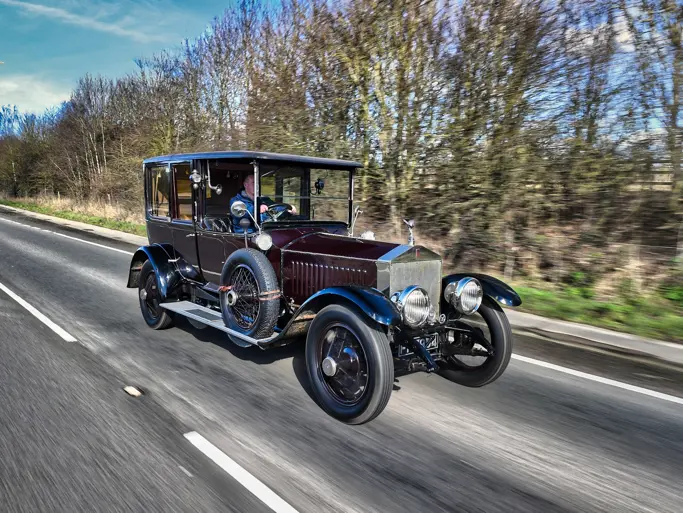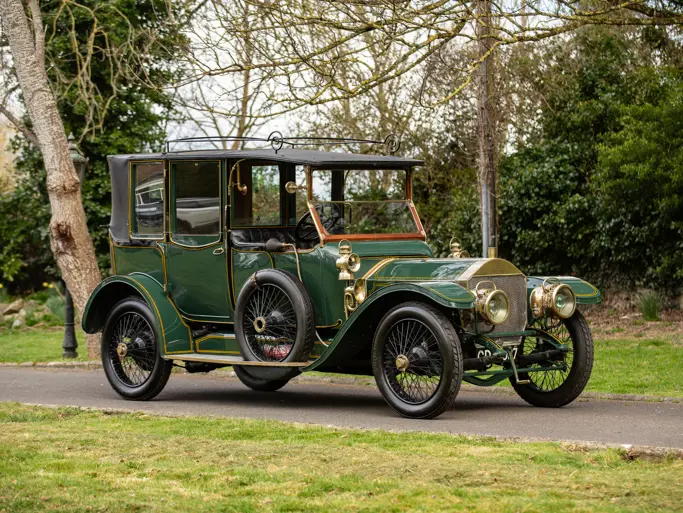 | Hershey, Pennsylvania
| Hershey, Pennsylvania

1909 Stanley Model E2 Runabout
{{lr.item.text}}
$80,000 - $100,000 USD | Not Sold
{{bidding.lot.reserveStatusFormatted}}
- Authentic, genuine, original, and respected
- Ex-Ralph Van Dine, J.D. Van Sciver Jr., D. Cameron Peck, the Jarvis family, and Robert Bahre
- Fully functional both running and driving
- Everything that the knowledgeable Stanley expert wants
10 bhp, twin-cylinder double-acting steam engine, front and rear full-elliptic leaf-spring suspension, and rear-wheel mechanical brakes. Wheelbase: 100 in.
In the beginning, there were, as one historian dubbed them, the hunter-gatherers. They were the men who knew and loved the cars of an earlier era long before others acquired that appreciation, and they scoured junkyards, barns, and abandoned carriage houses for the treasures within. It was a time when cars that were found and active were genuine articles that were preserved intact with all of their original features, before the fingers of replication and duplication slipped into the hobby.
This is a car that was known to those men.
It is a Model E2, one of six models of the Stanley Steam Car that were available in the 1909 catalogue, and it is powered by a 10-horsepower, twin-piston engine, which was a marvel of simplicity, as it had only 13 moving parts. Once the big front-mounted boiler had been carefully filled with water, fired, and gently tended by the owner’s knowledgeable, careful hands, the Model E2 could hum along and climb steep grades with ease. It was a fun car, combining the eerie silence of steam with the peppy performance that, by the late 1900s, “automobilists” were beginning to appreciate.
Ralph Van Dine also appreciated it, as he rescued this car in the early 1940s, as one of numerous old Stanleys that were resurrected in the gas-rationing days of World War II. A photograph of Van Dine with the car, included in the file, shows him looking deservedly proud of himself while at the wheel of what is a very original, solid, and complete Model E2.
Nonetheless, Van Dine soon passed the car, in 1948, to J.D. Van Sciver Jr., and while it was in his ownership, it was repainted the present shade of chartreuse. Van Sciver and D. Cameron Peck, both important early figures in the Antique Automobile Club of America, had large collections that were known, even in their time, for quality and originality. Peck eventually purchased the Stanley from Van Sciver and brought it to his vast stables in Chicago. Then he sold it on to S.D. Jarvis, of Illinois, who was yet another early enthusiast.
Following Jarvis’s 1953 passing, his son, Vernon, inherited this Runabout, along with the family’s other antique cars. The collection continued to be added to and curated over the years, eventually finding a home in the Early American Museum at Silver Springs, Florida, where the Stanley remained for over 30 years. It was a star of the collection and was featured in picture postcards, as well as on a Cardo trading card. Most importantly, while on display, it continued to be well-known to the AACA community, as it was featured amidst palm trees and well-dressed young ladies on the cover of the August/September 1959 issue of Antique Automobile magazine.
In 1987, the bulk of the Jarvis Collection was sold to respected collector Robert Bahre, who soon thereafter passed the Stanley to its current caretaker. It has been held ever since in a repository of some of the finest surviving steam cars, and in which, it has been treasured and, most importantly, carefully maintained. Seventy years after those original hunter-gatherers brought this Model E2 into the car collecting community, it still remains fully functional, drivable, and roadworthy, as attested to by the knowledgeable owner. It continues to wear its Van Sciver repaint, with more recently refinished fenders and older restored black upholstery, which add only to the charm and authenticity of its presentation. Only the wheels are inauthentic, with good reason; when this car was found in the early 1940s, the current size of tires was not available!
When this hobby began here, in Pennsylvania, originality and authenticity were everything. This Stanley was one of antique car collecting, and one of the AACA’s early stars, and it was treasured by the men who brought cars out of barns, preserved them, and loved them for future generations to enjoy. This Runabout is a very original, complete, genuine, real automobile, and it is offered here in that spirit: in robust running order, in October, in Hershey…where it belongs.
